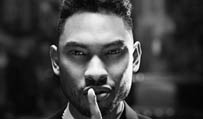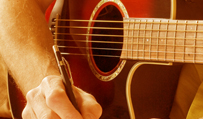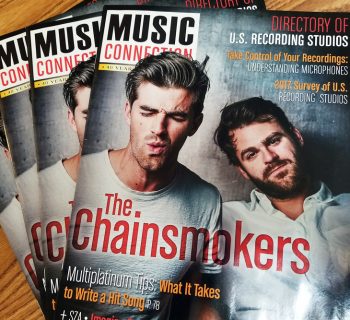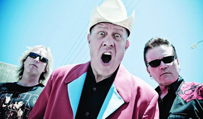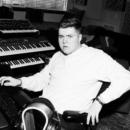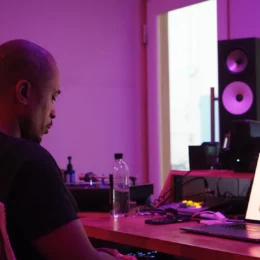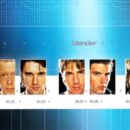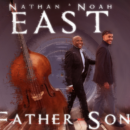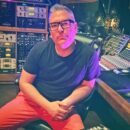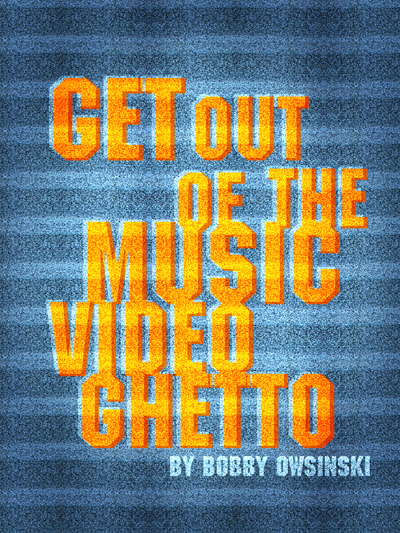 CREATING A GOOD VIDEO is no easy task. Having the gear is only half the battle. You still need to know some of the tricks of the pros to get the results you’re looking for. This article consists of material taken from The Musician’s Video Handbook which covers areas that are easy to overlook when producing a video, but can make a huge difference in the final result. As with all things creative, fundamentals are important, so let’s look at lighting and audio first, then finish up with some general production and editing tips, all of which are designed to take your next video to a whole ‘nother level.
CREATING A GOOD VIDEO is no easy task. Having the gear is only half the battle. You still need to know some of the tricks of the pros to get the results you’re looking for. This article consists of material taken from The Musician’s Video Handbook which covers areas that are easy to overlook when producing a video, but can make a huge difference in the final result. As with all things creative, fundamentals are important, so let’s look at lighting and audio first, then finish up with some general production and editing tips, all of which are designed to take your next video to a whole ‘nother level.
LIGHTING
Quite often, lighting makes the difference between a video that looks like it was made by an amateur or polished like a pro. The problem is that even the best studio cameras can’t handle the darkest and the brightest areas the way our eyes see them, so this contrast range has to be compensated for either by adding ambient light or by reducing light on overexposed areas.
For that reason, when something looks well-lit and easy to see to the naked eye, many times the lighting won’t work for the camera because it is out of its acceptable contrast range. In that case, we have to make everything brighter. All that extra light looks totally unrealistic to our eyes, but the camera sees it a lot differently. So whenever you think you have plenty of light during a shoot, chances are the camera will want more.
The 3-Point Lighting Setup
The way to add that extra light is with the time-honored three-point lighting setup that’s used to light almost any subject in any kind of visual media, from video to film to still photography and even computer-generated imagery. It is used because it’s extremely versatile––the cameraman can illuminate the subject in numerous ways while also controlling (or eliminating entirely) any shadows produced by the lighting. Figure 1 shows a typical three-point lighting setup, which consists of a triad of elements; the Key light, the Fill light and the Back light.
The Key Light
The Key light is usually the brightest light of the three used in three-point lighting, and has the most influence on the look of the scene. Every lighting setup begins with the Key light and the other lights are adjusted based on its intensity and position. It is placed to one side of the camera/subject (it doesn’t matter which) so that side is well lit and the other has some shadow.


